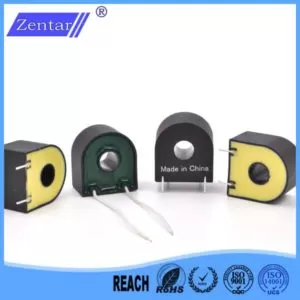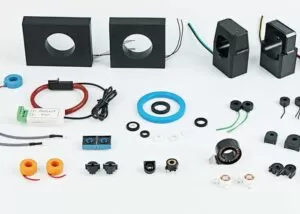Current-type signals, the external characteristics of the ideal situation, is equivalent to a very large voltage source in series with a very large internal resistance.
In this way, when the load impedance is much smaller than its internal resistance, the current is always equal to its “short circuit current”.
Its main advantages are: as long as the resistance of the transmission line and the contact resistance at the wiring are not too large, as long as the sum of the load resistance and the resistance of the signal source is still much smaller than the internal resistance of the signal source, it can be considered that it does not affect the amount of current received and is still equal to the signal source “Short circuit current”.
For a general current-type signal source, the usual standard is: as long as the total voltage drop of the load and the transmission line does not exceed a certain limit, it is ensured that the error of the current value does not exceed a certain limit.
In practical applications, devices that receive current-type signals always want the input impedance to be as small as possible. In addition to the above-mentioned accuracy problems, it also has anti-jamming effect.
From the above analysis, we can know that the current-type signal is not afraid of the voltage drop on the transmission line, but it is afraid of leakage current. After the leakage current, the received is naturally not allowed.
However, leakage current is often related to voltage. And the receiving end is made of low input impedance, the voltage is naturally very small. The leakage current will not be too large.
In addition, the common electric field coupled interference signal is similar to a signal source connected in series with a capacitor. This capacitor is a spatially distributed parasitic capacitor. The capacity is very small, so the current of the electrical interference signal is also very small. However, if our receiving circuit is not receiving current signals, but receiving voltage signals, the input impedance is often very large (Note: The reason why the input impedance is large when receiving voltage signals is to reduce the influence of resistance on the transmission line), so After the disturbing signal is connected in series with the distributed capacitor, it may be added to this input terminal, and the voltage division may not be small. Therefore, the transmission circuit of the voltage signal is not as good as the current type in resisting such interference.




